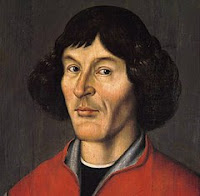 |
| Arnold Sommerfeld |
One of the latest
scientific advances of 2020 was a new, more precise measurement of the fine-structure
constant. The last value officially accepted in 2018 by the
Committee for Data on Science and Technology (CODATA) is equal to 1/137.035999084.
The
value obtained in December 2020 is equal to 1/137.035999206. It will be
seen that the difference with the previous value is very small and affects only
the seventh decimal place.
But what is the fine-structure constant? It's a dimensionless constant, defined by the following formula:


